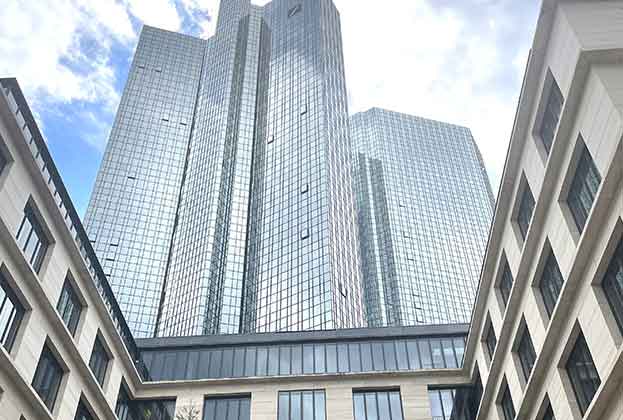Judging by cross border activity in the Swedish market lately, COVID-19 has only strengthened the investment case for directing capital to the country.
As of this October, international buyers - which have increased their presence each year over the past five years – had made one quarter of the total deals (SEK 56 billion) so far in 2021.
Undoubtedly they have been encouraged to see that the pandemic did not have as much of an impact on Sweden’s economy as it did on most other European countries.
Jobs and companies were buoyed by a SEK 40 billion government life raft, and a major rise in household consumption will help nudge GDP growth towards an estimated 4.7 per cent by December.
Sweden Central Bank’s monetary policy, meanwhile, is expected to remain accommodative for the foreseeable future - maintaining the repo rate at zero until at least the end of 2024.
The country’s property market credentials are equally compelling. A highly liquid and stable market, pricing for Swedish real estate assets is often found to have performed strongly in comparison with other European markets, many of which have experienced more volatility.
Today, competition has pressed yields to historically low levels, especially in the multifamily and the logistic sectors, at a time when cross-border buyers are seeking portfolios with stable, long-term cash flow.
A housing shortage in 207 out of 290 Swedish municipalities has placed pressure on the building rate during the past eight years, and created a strong multifamily sector. Many investors are keen on accessing this sector through forward-funding and commitment deals.
At the time of writing this, the office sector had only taken 7 per cent of the total transaction volume since the pandemic (versus a yearly average of 21 per cent between 2016 and 2020). This is explained by a decrease in supply (divestment of office properties) rather than a drop-off in demand. For international buyers, Swedish offices offer a strong core-plus and value add dynamic.
Cross-border investment into Sweden has typically been driven by investors from the US, Norway, Germany and the United Kingdom. However, Sweden (and Scandinavia more broadly), is drawing increasing levels of attention from elsewhere.
This is particularly noticeable from South Korean investors, which despite a limited track record to date, are now looking more closely at the Scandinavian region.Their recent rumoured interest in the substantial investment of the Orsteds HQs in Greater Copenhagen is testament to this.
Scandinavia itself is one of the few European regions that offer diversification to South Korean groups, which have historically invested heavily in core western and central Europe. Due to the fact they have yet to invest in Sweden, it is highly likely that the country will be a key market for them in the future, given the currently favourable currency conditions, and their desire to balance portfolios in geographical terms.
Further information










